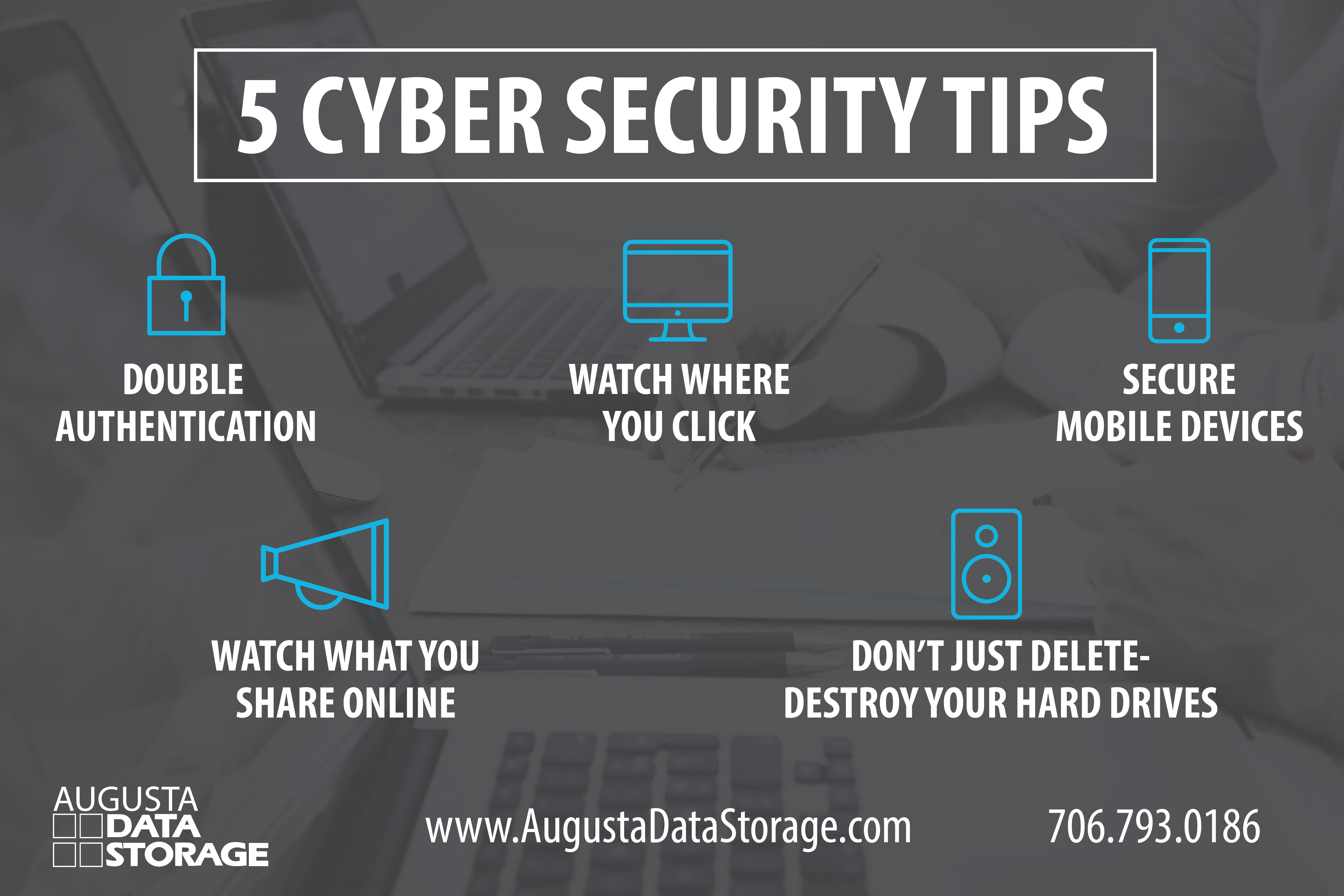Essential Cyber Security Practices for Effective Data Destruction Approaches
Essential Cyber Security Practices for Effective Data Destruction Approaches
Blog Article
The Relevance of Effective Information Destruction Practices in Safeguarding Sensitive Info and Ensuring Computer System Protection
In an era where information violations are progressively common, the importance of reliable information destruction techniques can not be overstated. Executing durable information destruction methods not just alleviates these dangers but additionally aligns with lawful conformity demands, guaranteeing that companies maintain their reputation and foster customer depend on.
Comprehending Information Destruction
Understanding information damage is crucial in today's digital landscape, where sensitive details can quickly be endangered. Reliable information destruction includes not just erasing documents however ensuring that data is irretrievable with thorough techniques. This procedure is necessary for organizations that manage private customer information, intellectual home, or inner documents, as any type of violation can lead to serious monetary and reputational consequences.
Data damage incorporates various techniques, including shredding physical media, degaussing magnetic storage space devices, and employing software-based options that overwrite data numerous times. Each approach serves a details purpose and should line up with the level of sensitivity of the information being taken care of. For example, physical destruction is typically liked for hard disk drives containing highly confidential information, while software methods might be enough for less sensitive information.
Additionally, sticking to market requirements and policies, such as the General Data Protection Regulation (GDPR) or the Health Insurance Portability and Liability Act (HIPAA), is critical for conformity and to mitigate lawful risks. Organizations needs to establish a durable data destruction policy, train workers on ideal practices, and routinely audit their treatments to ensure that all sensitive info is disposed of firmly and successfully.
Risks of Inadequate Practices
Insufficient information devastation practices expose companies to significant dangers that can have far-ranging consequences. When delicate information is not effectively disposed of, it remains prone to unapproved access, which can lead to information violations and identity theft. Such events not only compromise the safety of people but additionally tarnish the company's track record, resulting in a loss of client trust and prospective economic repercussions.
Moreover, regulative compliance is progressively rigorous in many markets. Failing to abide by information devastation regulations can lead to substantial fines and lawsuits versus companies. These penalties can draw away and stress economic resources interest from core business operations.
Additionally, the abuse of residual data can cause intellectual building theft or company espionage, jeopardizing competitive advantages (data destruction). The effect of poor information devastation extends beyond instant monetary losses; it can additionally cause lasting damages to brand name honesty and market placement

Organizations have to acknowledge that information protection is not only regarding avoiding violations; it also includes the responsible management of information throughout its lifecycle. Disregarding efficient information damage methods can have disastrous ramifications, underscoring the necessity for robust procedures to mitigate these dangers.
Ideal Practices for Data Destruction
Implementing effective data damage techniques is important for securing delicate details and preserving compliance with regulatory standards. Organizations needs to take on a multi-faceted approach to make certain that data is irretrievable, therefore preventing unauthorized accessibility and potential breaches.
First, information ought to be classified based on level of sensitivity, permitting organizations to use appropriate devastation methods customized to the degree of threat. For digital data, using software-based data-wiping tools that abide by industry standards can properly overwrite existing data. Physical devastation approaches, such as shredding or degaussing, are important for gadgets that store sensitive info, ensuring full obliteration.
Developing a clear data retention policy is essential, describing how much time different kinds of information need to be kept before destruction. Normal audits of data storage space systems are likewise needed to determine unnecessary or obsolete data needing elimination.
Moreover, training workers on the significance of information damage and the specific protocols to comply with fosters a culture of safety and security within the organization. Finally, maintaining paperwork of data devastation refines offers responsibility and sustains conformity with exterior regulations and inner plans. By sticking to these ideal techniques, organizations can significantly alleviate the risks associated with data direct exposure.
Legal and Compliance Considerations

Failure to abide by these laws can cause severe charges, consisting of substantial penalties and reputational damage. Organizations must execute a durable information damage plan that straightens with these legal structures and supplies clear standards on the proper approaches of data disposal, whether physical shredding or electronic cleaning.
Furthermore, keeping documents of data damage activities is essential for showing compliance throughout audits or evaluations. By prioritizing lawful and conformity factors to consider, organizations can boost their data security stance and foster trust with customers click for more and stakeholders, inevitably adding to an extra secure information management environment.
Benefits of Effective Data Destruction
Efficient data destruction practices extend beyond mere compliance; they offer significant advantages to companies that prioritize them. By making certain that delicate details is irretrievably damaged, companies minimize the risk of data breaches and the prospective monetary repercussions related to them. This aggressive strategy not just safeguards against unauthorized access but additionally boosts the overall dependability of the company in the eyes of clients and stakeholders.
Implementing durable data damage methods, such as physical devastation of storage space gadgets or advanced information wiping techniques, adds to the fortifying of an organization's cybersecurity pose. data destruction. It decreases the possibility of intellectual property burglary and safeguards exclusive info, thus keeping an affordable edge in the marketplace

Verdict
In conclusion, efficient information devastation techniques are important for securing sensitive details and boosting general computer system security. By executing detailed approaches such as software application, shredding, and degaussing overwriting, organizations can reduce the threats associated with unapproved access and information breaches. Adherence to governing standards, including GDPR and HIPAA, further reinforces conformity and safeguards versus lawful consequences. Eventually, a commitment to Website robust data destruction strategies fosters a society of duty, thereby reinforcing a company's cybersecurity position and maintaining customer trust.

Report this page